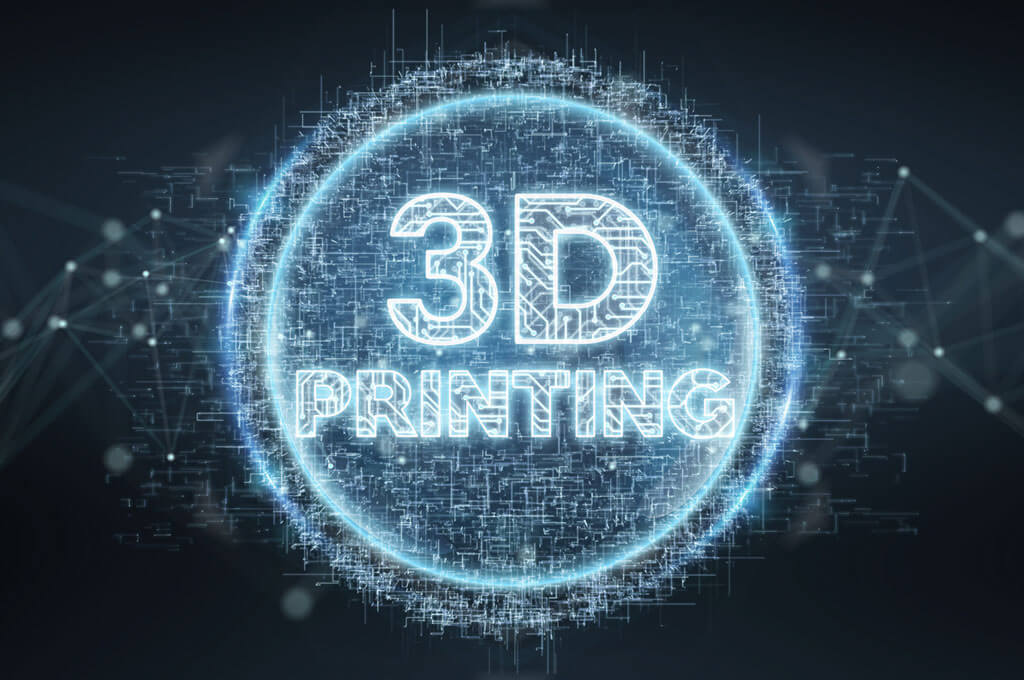Do you need a cup? A bottle cap? A spinal implant? A gun? Buy the equipment, materials and get to work. Nowadays, all of this can be created using 3D printers.
Is it really that simple? Films and science fiction series confirm our belief that it is. In reality, however, 3D printing is still a dynamically developing field, which is far from the image created by the media. Although they are not as universal as it seems, at the moment 3D printing technologies allow us to produce various items. And they arise controversies of legal, business and ethical nature.
The subject turns out to be so important, that on July 3rd this year, The European Parliament adopted a resolution on three-dimensional printing – a challenge in the field of intellectual property rights and civil liability.
A resolution is a document in which the European Parliament expresses its position on a given matter. The mere fact that the EP considered it necessary to present its views on 3D printing, shows how important this area of technological development is and how many aspects it affects.
Primarily, the Parliament recognizes in its resolution that the introduction of standards governing the use and development of three-dimensional printing technologies or the adaptation of current laws may be necessary to prevent civil liability problems or infringements of intellectual property rights that 3D printing might cause in the future. The EP underlines that legislative solutions should not duplicate the existing ones. The law, as the EP states in the resolution, should accompany innovations and promote them. It cannot inhibit or hinder them.
What kind of legal problems can the 3D printing cause? When referring to the protection of intellectual property rights, it should be considered whether 3D printing would constitute a violation of someone else’s exclusive rights, and if so, who should be held liable for it.
The essence of 3D printing lies, without going into technical nuances, in reconstructing a given object first in the form of a digital image in a CAD file, and then sending it to a 3D printer. The device, depending on the type, is loaded with material, the so-called filament, and the object is printed after determining the parameters. There are various types of filaments available – plastic, ceramic and metal.
The catalogue of items that can be recreated is large and is growing every day. Some medical centres are already able to design patient-specific implants that can be produced on 3D printers. A field called medical robotics is rapidly developing in the world. It deals with the design of individually selected “spare parts” for disabled people and will find use in operating rooms. Thanks to a small commercial 3D printer, Singaporean scientists managed to manufacture tablets containing various drugs with dosage tailored exactly to the individual needs of the patient.
However, simpler items can also be printed. For example, a plastic brick missing in the set, a chair of interesting design, and even a miniature of a famous sculpture.
The question is: will the object, printed on a 3D printer, be an infringement of the exclusive rights of a person or a company that invented, designed or registered the original model, used later as a prototype for printing?
To answer this question, one should refer to the definition of infringement of intellectual property rights. The type of violation determines which regulations we will refer to. Infringements of copyrights to the work are regulated by the Act of 4 February 1994 on copyright and related rights. If an object manufactured on a 3D printer is an invention protected by a patent, a utility model protected by right to registration or an industrial design protected by a right of protection, then the violation will be defined in the Industrial Property Law Act (Act of 30 June 2000).
Both the first and the second legal act recognize the professional/ commercial use of someone else’s right without the consent of the rightholder (manufacture, distribution, reproduction, placing on the market, offering, etc.) as a violation of someone else’s exclusive right.
It follows from the literal wording of the regulations that the printout of the item on a 3D printer and the use of it for personal purposes is permitted and does not constitute an entry into the sphere of other people’s rights. The provisions of the Copyright Act indicate that there is no violation of third party proprietary rights if the work is used for its own purposes (so-called fair use). Therefore, if an object that is a work within the meaning of the Copyright Act, e.g. a sculpture of a living creator, will be printed on a 3D printer, the violation occurs when the entity that prints it, sells it, distributes it, or markets it in any way.
Similarly, in the case of industrial designs or spatial trademarks – copying and using them is prohibited if it is a source of earnings. Theoretically, hobbyists fascinated with technical novelties can recreate protected objects, as long as they do it at home and for their own use.
On the other hand, you need a properly prepared source file to print a three-dimensional object. This file may also be subject to copyright protection, as well as the software, moreover, its author may demand the recognition of his or her personal rights (to mark the work with his or her name) and oppose the reproduction of such a file for profit.
The aforementioned aspects of 3D printing can be regulated under the existing regulations. Where are the controversies and challenges then? Let’s assume that one person designed the object, the other digitized it to a CAD file, and the third person calibrated the printer and made a printout. Who is the creator in this situation? Can a CAD designer and programmer be considered co-authors?
However, objects printed for own use, based on the existing prototype, might mislead as to their origin. For example, a purse or a phone case produced on the basis of branded prototypes may constitute a violation based on unfair competition rules. A case of files, that allow to print weapons, recently popular in the US, has revealed other problems related to this rapidly growing field. A weapon, printed from a material virtually undetectable for metal detectors, may pose a threat to safety, e.g. in the air, on board of aircraft. The accuracy of reproduction and durability of the gun printed in 3D is also debatable. According to experts, such a weapon would break after the first shot. Is the author of the CAD file responsible for any damage or impairment of the user’s health? Does uploading weapons’ projects online constitute a threat to public safety? This case has not found a satisfactory solution even in the United States yet.
What about online CAD file libraries containing ready-to-use projects under the open source license? Do the files, created without the consent of the owner of the rights to the original, constitute an infringement? There is no unambiguous answer to all these questions.
Summing up, 3D printing opens up huge opportunities in science, medicine or space travel, but also creates many of threats and raises many doubts. Over time, as the technology overcomes further barriers, its use will require an appropriate legal approach, new regulations and decisions, establishing the standards necessary to guarantee human safety and respect for the rights of creators.



